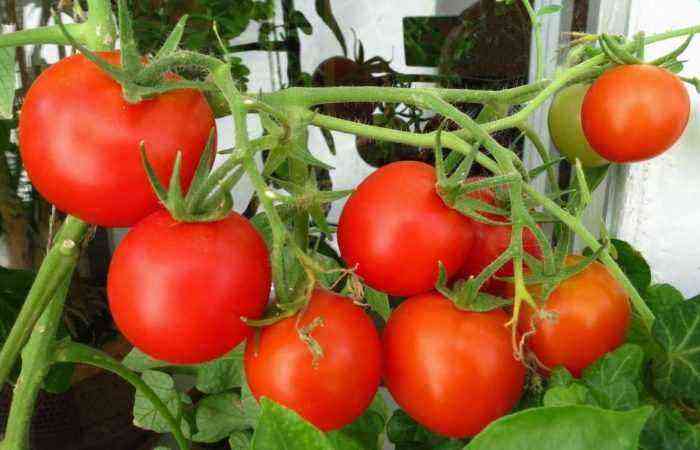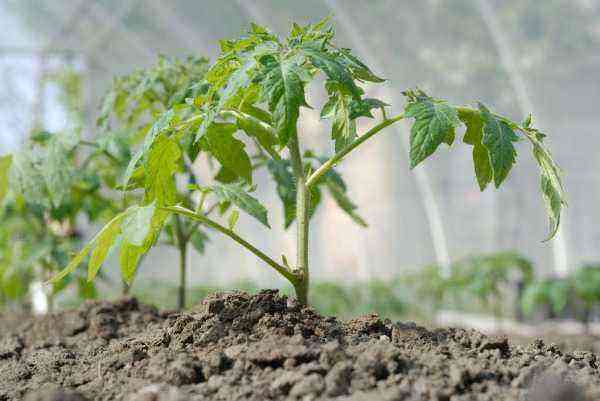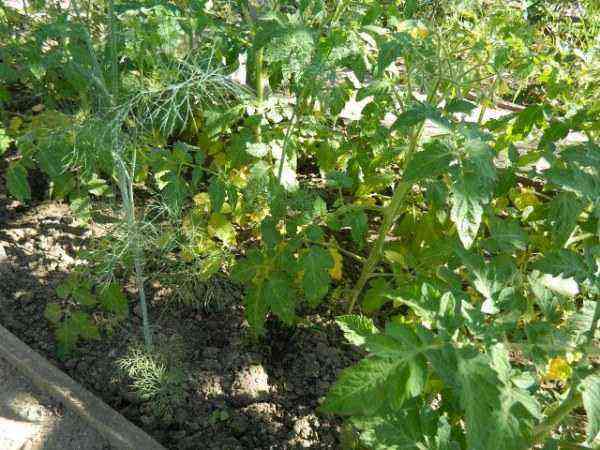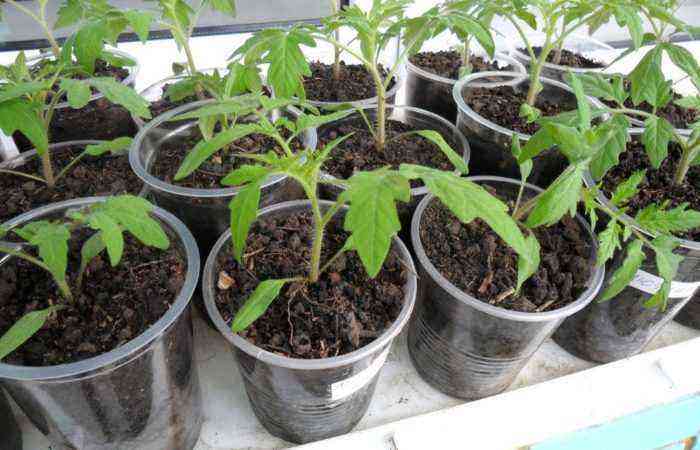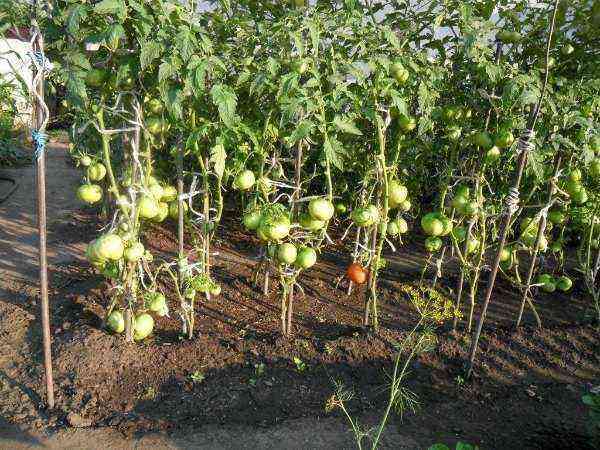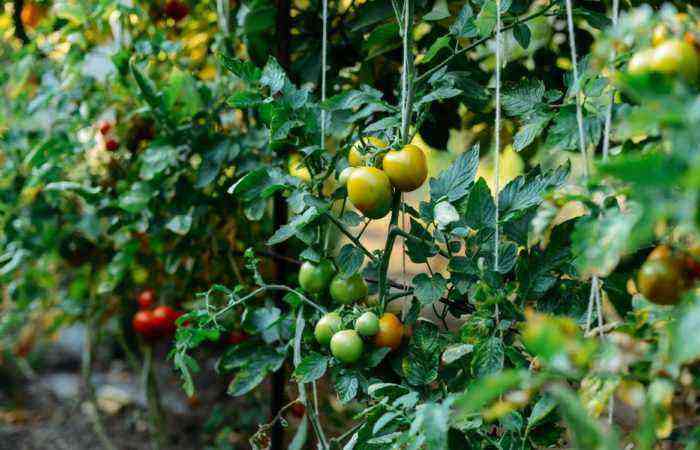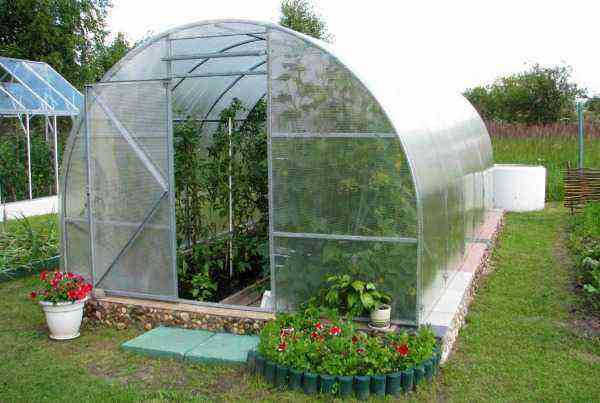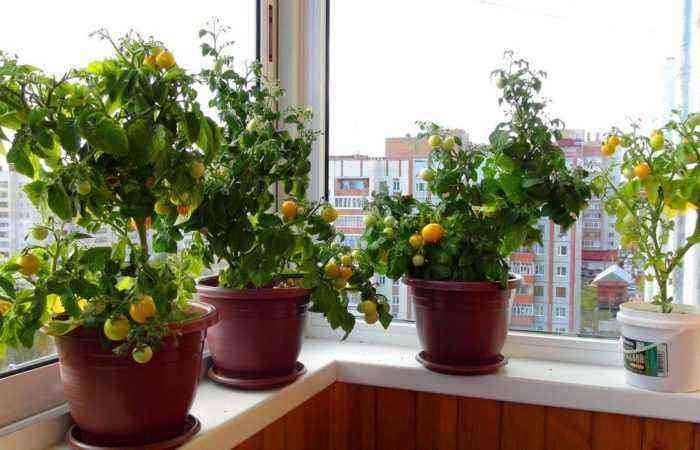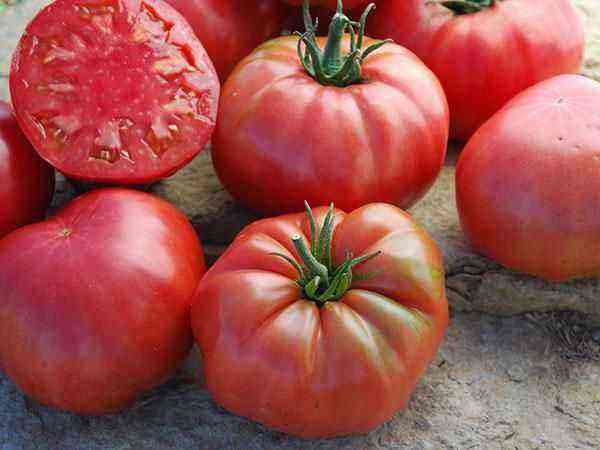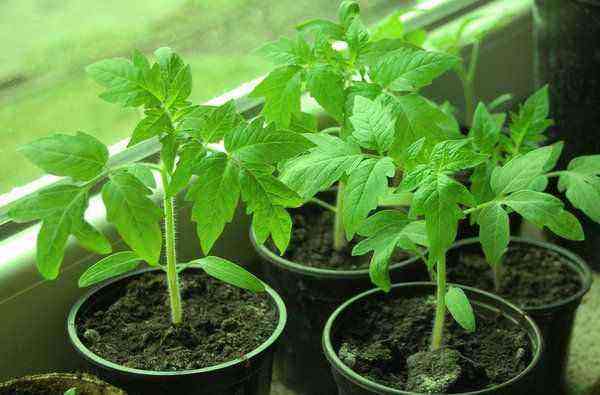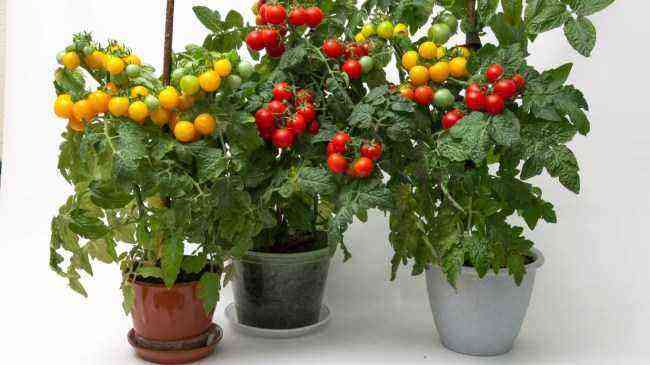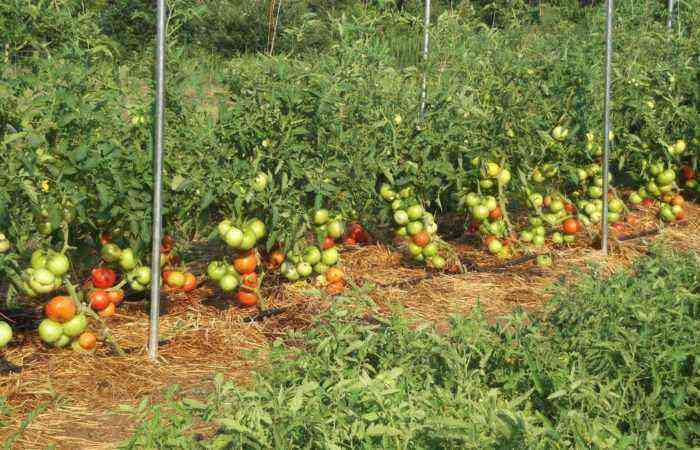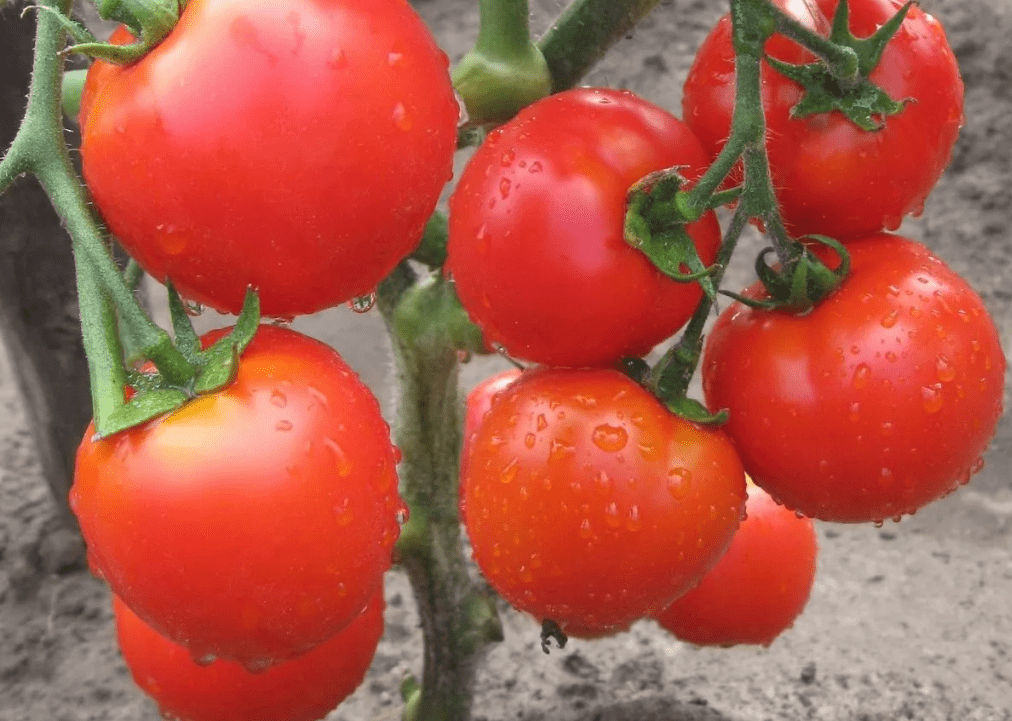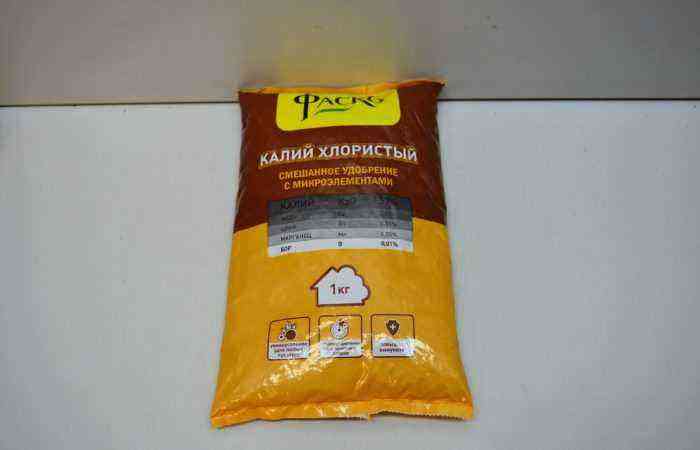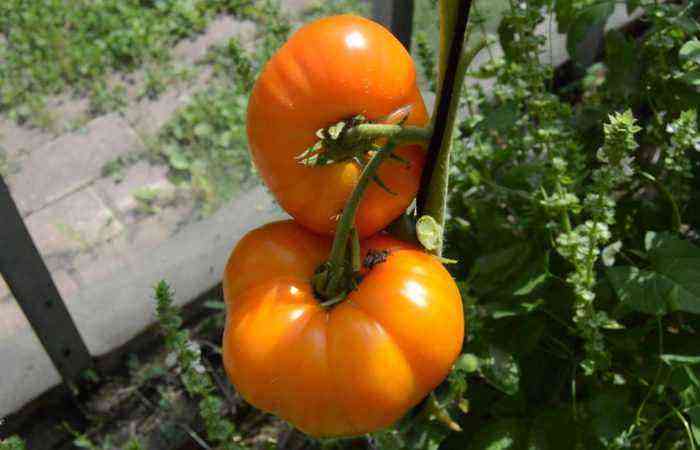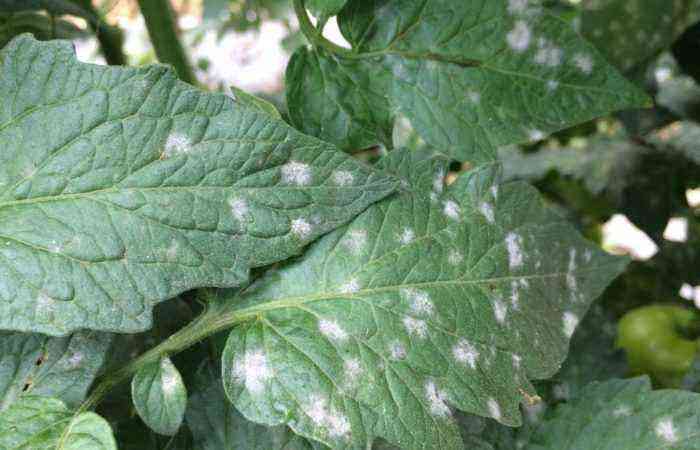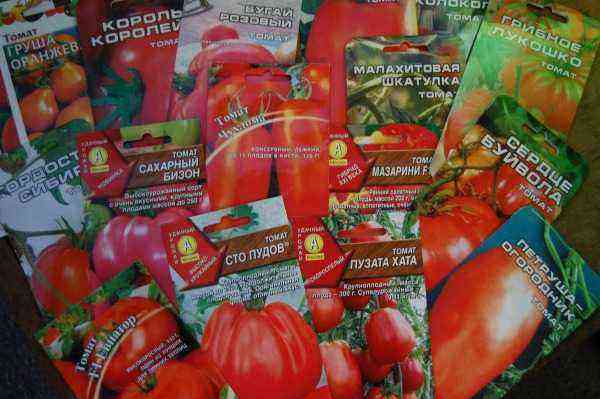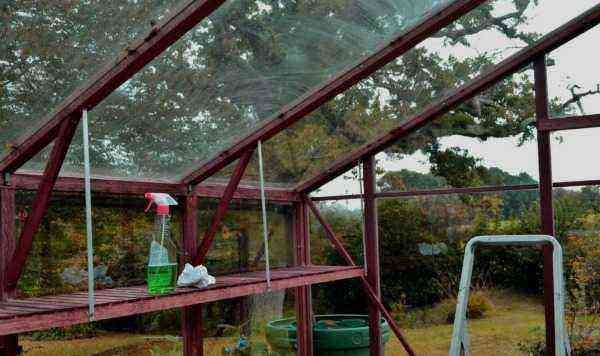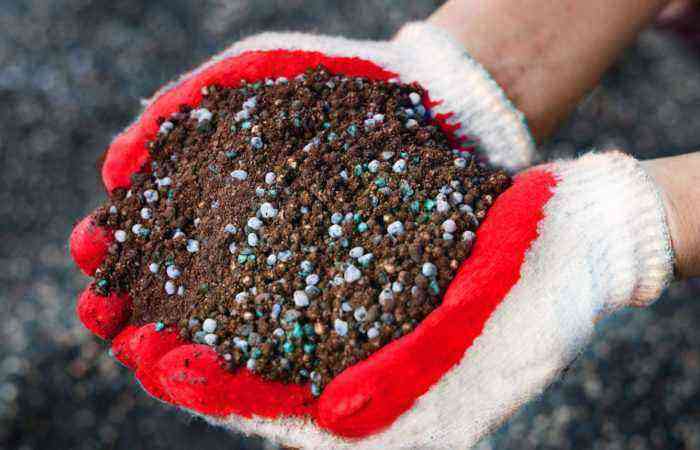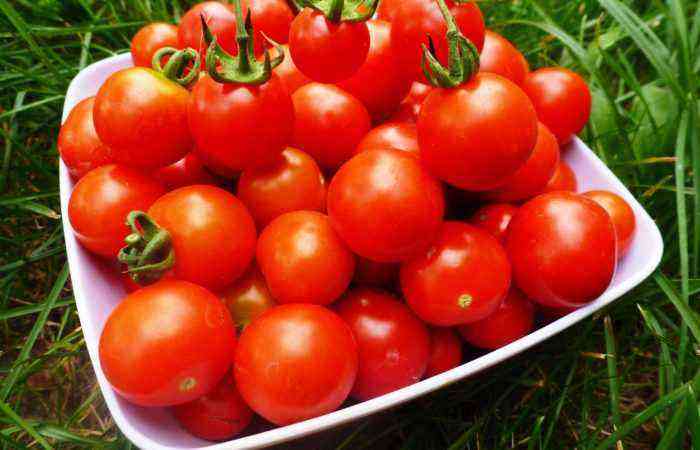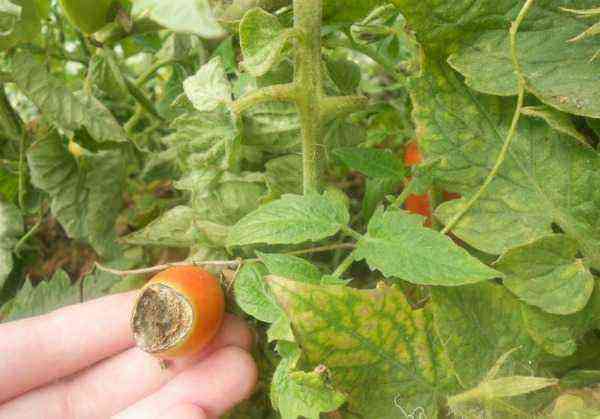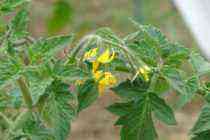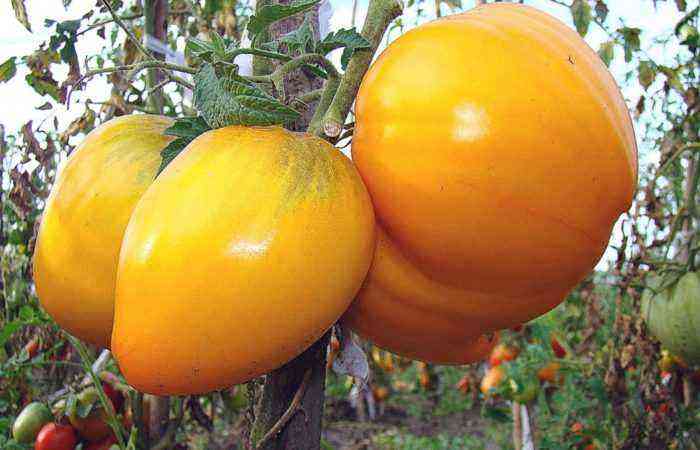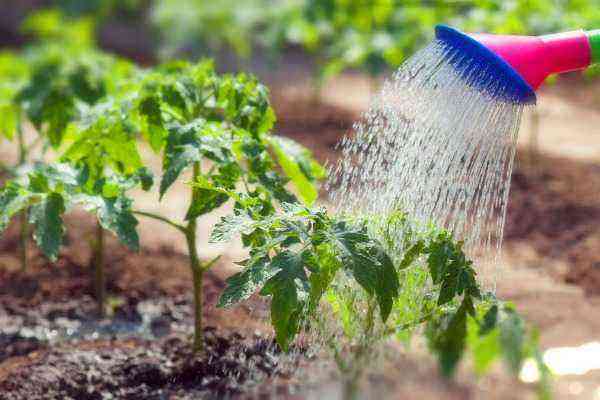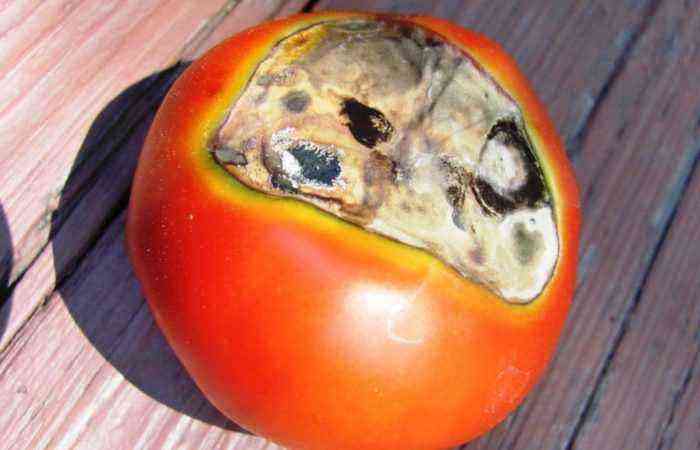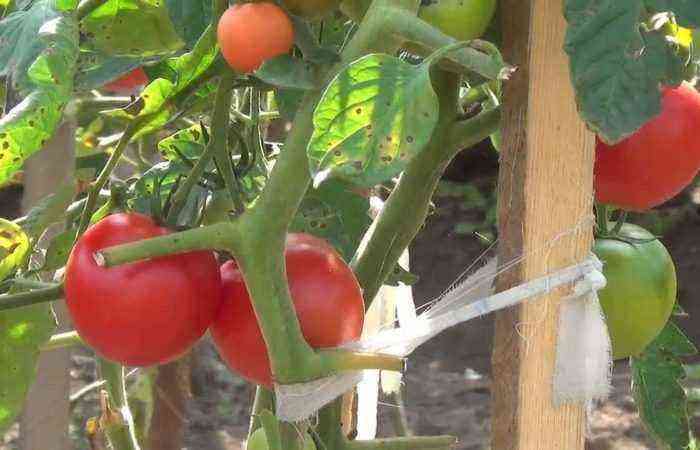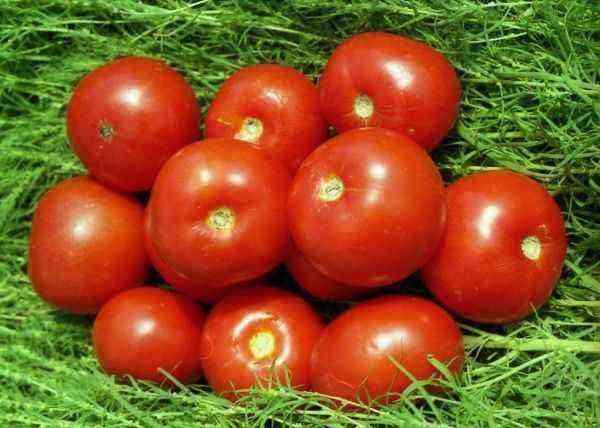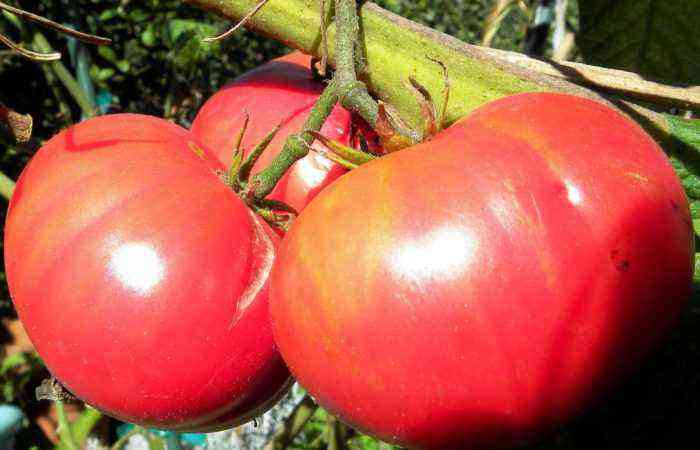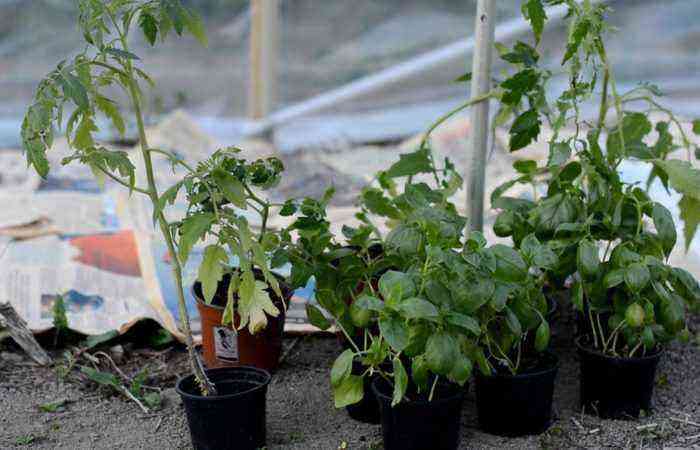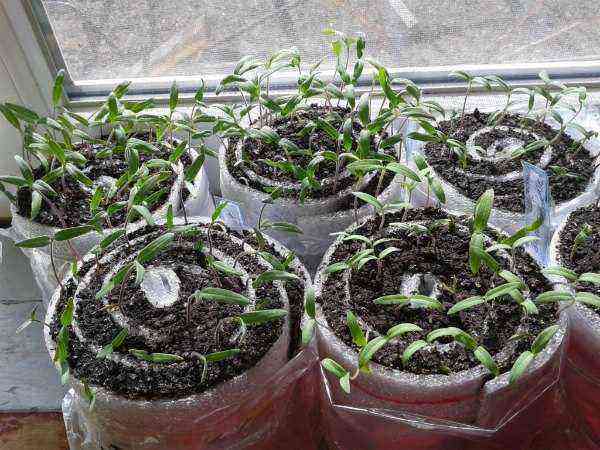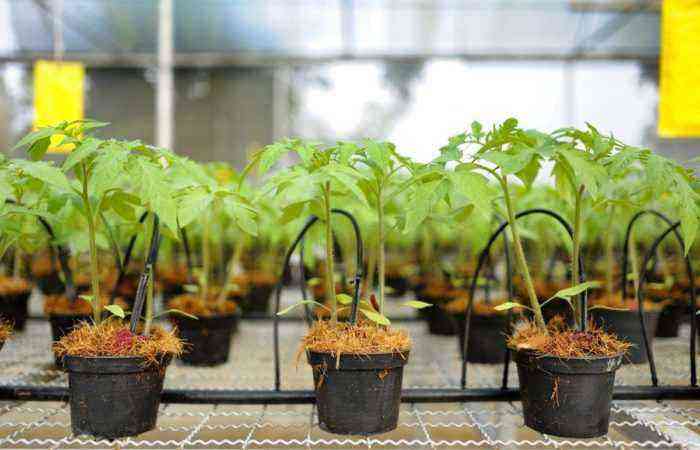In the spring it often turns out that there were too many seedlings, there was not enough space in the greenhouses and in the garden. You can, of course, distribute it to neighbors, or you can put it in some unnecessary container. It turns out that tomatoes grow very well in buckets without requiring much attention.
Advantages and disadvantages of the method
The method of growing tomatoes in buckets has been used since 1947-1950. At that time, buckets without a bottom were used as containers. Then the method was undeservedly forgotten and only 10 years ago it again became popular with amateur vegetable growers. The harvest obtained by this method is no worse than when cultivating plants in the usual way. The technology has many advantages compared to the traditional way of agricultural technology.
- The soil in the bucket heats up quickly, which speeds up the growth of tomatoes. In metal containers and black containers, this process is even faster.
- Water and fertilizers are not wasted, the plant receives them completely.
- Diseases from the soil cannot harm tomatoes.
- Landings are mobile, with the threat of frost they can be removed to a heated room.
- No need to waste time weeding.
- The stems of the bushes are strong and thick, and the fruits are larger than those of plants grown in the beds.
- The main advantage is that the fruits ripen 2-3 weeks earlier.
There are very few shortcomings. The technology requires at the initial stage palatine more labor than the usual way of growing crops, the earth in buckets has to be changed annually.
What varieties of tomatoes can be grown in buckets
You can grow any type of tomatoes in buckets: undersized and tall.
For outdoor cultivation, varieties with a compact root system and not too sprawling bush are most suitable. The use of early ripening varieties will make it possible to get a crop 3 weeks ahead of schedule. You can take cherry tomatoes.
If you plan to put a bucket in a greenhouse, then indeterminate (tall) varieties are suitable for planting, such as Yantarevsky, Egyptian giant, Novikov’s Giant or Miracle of the Earth. This will allow you to get a big harvest from 1 square meter.
What buckets can be used?
For growing tomatoes, buckets of any shape with a volume of at least 10 liters are used so that the plant has a sufficient feeding area. Wrinkled, broken, with chipped enamel, without handles, leaking buckets, sauna wooden tubs for water, which are out of order, are used.
It is better to use metal containers, since plastic does not like temperature changes and can withstand 1-2 seasons, and the tubs can dry out and fall apart. In the bottom, it is necessary to make a sufficient number of holes for a good outflow of excess water during irrigation.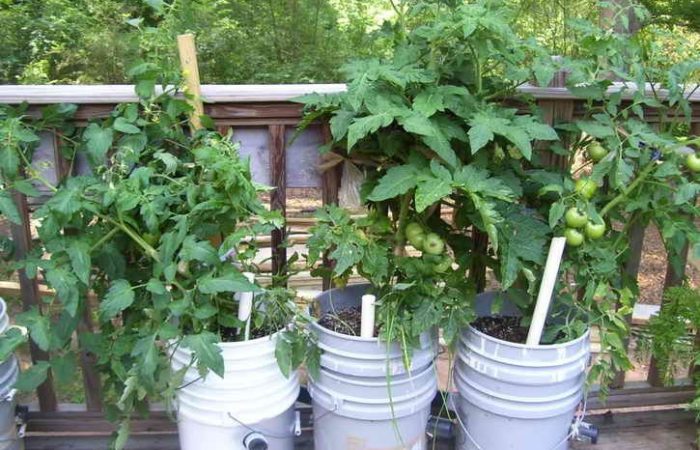
Soil preparation
Tomatoes love neutral or slightly alkaline soil. The soil is prepared from soddy soil (medium loam) and humus in equal proportions, 1 g of wood ash is added to 300 bucket and peat or sawdust as a baking powder (can be replaced with sand).
The earth is steamed over an open fire and watered with a solution of saturated pink potassium permanganate, diluted per 10 liters of water 1 g. You can add nitrophoska and superphosphate at the lower limit of the norm.
Preparing buckets for planting tomatoes
For the spring planting of tomatoes, buckets begin to be prepared in the fall, from the end of October, the beginning of November. It is necessary to carry out the following activities.
- Make holes in the bottom so that the water does not stagnate.
- Buckets should be washed thoroughly, especially if they previously had cement or paint.
- Expanded clay or medium-sized stones are poured onto the bottom with a layer of 2-3 cm as a drainage.
- Pour in the soil mixture and mix thoroughly.
- Watered with warm water, but not boiling water and left until spring in the greenhouse.
- In winter, snow is regularly poured from above into buckets so that by spring the soil is well saturated with melt water.
What is the advantage of planting tomatoes in buckets, what are the nuances of caring for them using this method – see the video for this.
Growing seedlings
For growing seedlings choose large seeds without black dots and mechanical damage. First, they are disinfected in a medium pink solution of potassium permanganate for 15 minutes, then soaked in water for 1-2 days until swelling, wrapped in a cloth or gauze.
Sow seeds in seedling boxes or pots to a depth of no more than 2 cm and put in a warm place until germination. As soon as the first shoots appeared above the ground, the seedlings are rearranged to a well-lit place.
The best temperature for growing seedlings is 18-21°C during the day, 15-17°C at night. At higher temperatures, the stem may stretch.
A pick (transplant) is carried out when the tomato has 2 true leaves. The stem is buried in the soil to the lower cotyledon leaves. Top dressing is done on the 10th, 20th day after germination and a week before planting in a permanent place. By the time of planting in a permanent place, the plant should have from 7 to 12 leaves.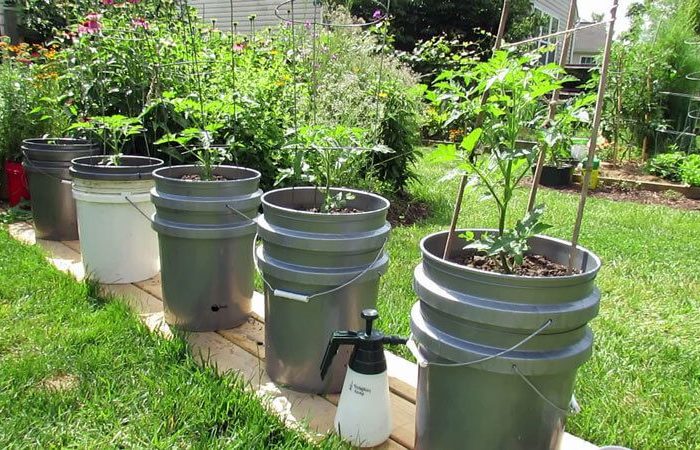
How to plant tomatoes in buckets
In buckets, the earth thaws and warms up earlier than in the beds, therefore, if it is possible to bring the buckets into a warm room during frosts, you can start planting seedlings earlier than in the beds, if this is not possible, then the procedure is carried out at standard times .
For temperate climates, this is the beginning – the middle of May for plants that will be grown in greenhouses, and the end of May – the beginning of June for open ground.
For planting, they choose a warm day so that the earth in the buckets warms up better and proceed to transplanting tomatoes.
- In the middle of each bucket, make a hole 15 cm deep.
- The pits are shed with a very warm (50-60 ° C) solution of potassium permanganate, diluted at the rate of 1 g per 10 liters.
- After 10 minutes, seedlings are planted in the wells. Half an hour before this, the sprouts are watered abundantly. 1 tomato bush is planted in 1 bucket.
- The stem is buried in the soil to the lower leaves, so the plant will form more roots, and it will quickly get its own food. The soil around the stem is lightly tamped.
- The earth in a bucket is carefully watered with warm water (30-36 ° C) so that a crust does not form. If it is not very hot outside, then the next watering is done only after a week, simultaneously with fine loosening of the soil.
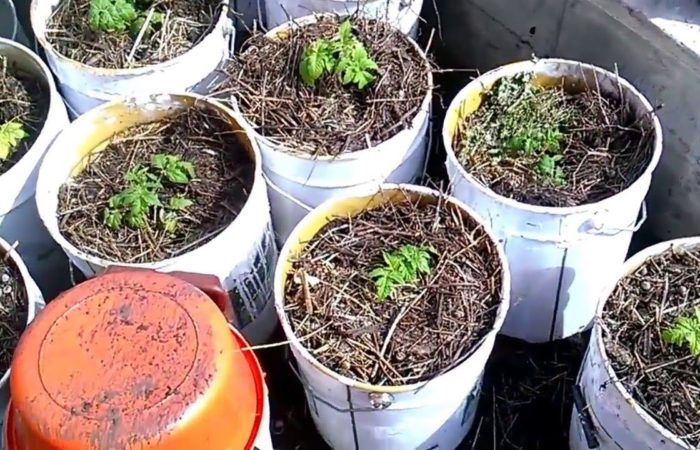
Caring for tomatoes in a permanent place: greenhouse or open field
Caring for seedlings in a permanent place is almost no different from standard activities when planting tomatoes in the usual way.
- Plants should be watered abundantly, but not too often, especially in wet weather. It is necessary to ensure that the top layer of soil does not dry out, and a crust does not form on it. Watering is done under the root.
- Immediately after watering, the soil is gently loosened to improve the access of oxygen to the soil. At the same time, emerging weeds are removed.
- If tomatoes are grown in a greenhouse, then it must be regularly ventilated. The optimum temperature for tomatoes during the day is 21-25°C, at night 16-19°C, humidity 62-65%.
- Many varieties need to be pinched in time, leaving “stumps” 2-3 cm high.
During the growing season, 3 root dressings are carried out:
- 10 days after transplanting sprouts into buckets. In 10 liters of water, dilute 0,5 liters of liquid mullein and 1 tbsp. l. nitrophoska. Watered at the rate of 1 liter under a bush.
- The second is carried out in another 10-12 days. 1 st. l. complex fertilizer and 1 tsp. potassium sulfate is diluted in 10 liters of water. Under 1 plant pour 1 liter of liquid.
- The third dressing is done 14-16 days after the second. 2 tbsp. l. wood ash and 1 tbsp. l. superphosphate is diluted in 10 liters of water. Pour 1,5 liters under the plant.
- It is difficult to make a full-fledged hilling of bushes in buckets, so it is necessary to at least partially carry out this procedure.
- The garter is done no earlier than 10-15 days after landing in a permanent place. For indeterminate varieties earlier than for determinant bushes.
- When tomatoes are damaged by phytophthora (signs are brown spots on leaves and fruits), the plants are first fed with potash and phosphorus fertilizers, then they are treated with Bordeaux liquid, and after a week with a solution consisting of 200 g of garlic turned through a meat grinder, 3 g of potassium permanganate and 1 tbsp. l. liquid soap diluted in 10 liters of water.
The bucket method of growing tomatoes is one of the best alternative ways to grow tomatoes. It allows you to get juicy, fleshy fruits with a dense skin, not prone to cracking. It has proven itself when used both in greenhouses and on the open ground, besides, the crop ripens 2-3 weeks earlier than usual.
